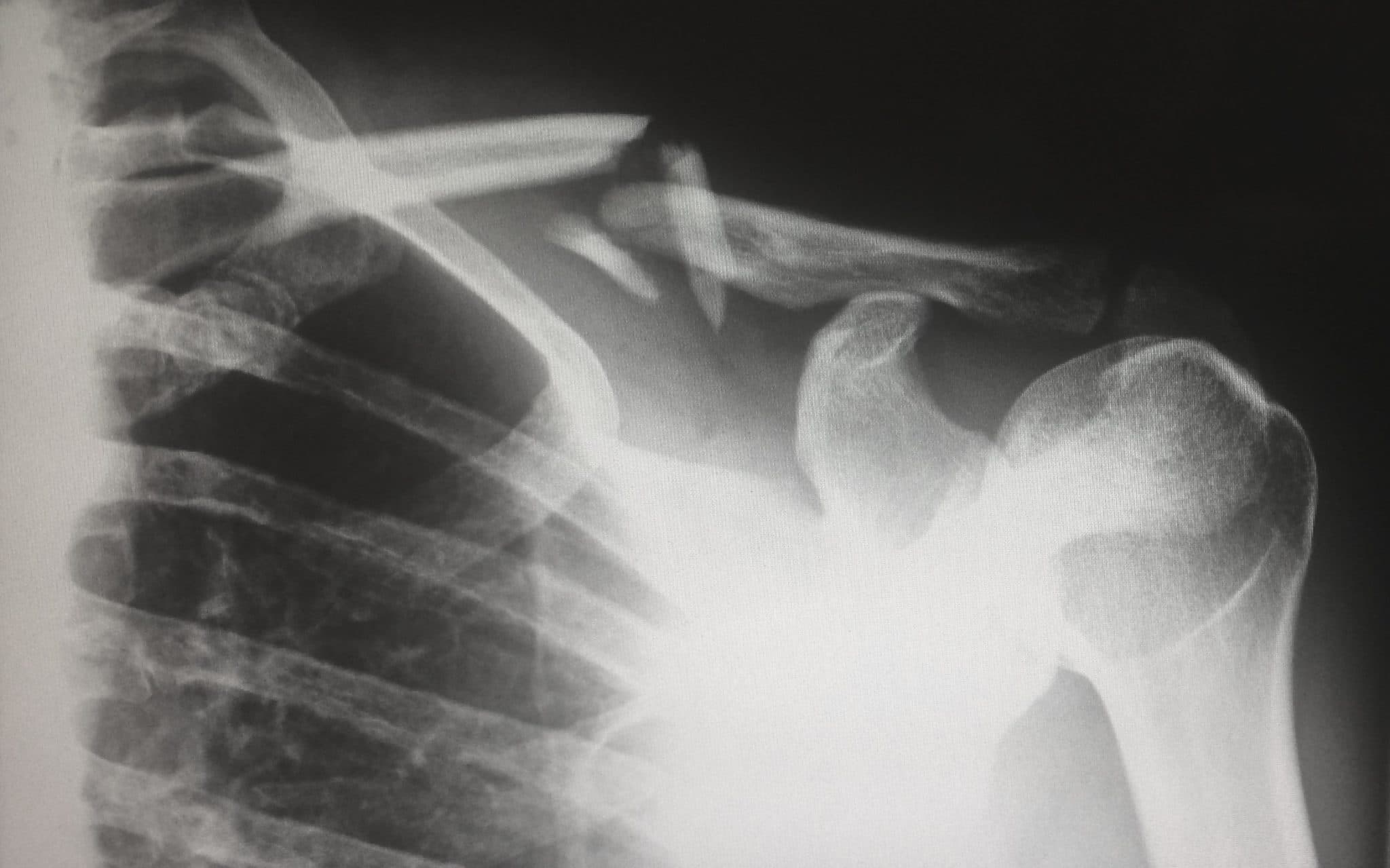Choosing the right college or university isn’t the easiest decision, especially if you’re not sure what career path you want to follow after graduation. If you’re looking to land a lucrative job, then you’ve probably considered getting a degree in the medical field, to set yourself up for career growth and a comfortable income. There are so many different specialties you can choose from if you want to become a doctor—including some you may never have considered, like the growing field of radiology. But what does a radiologist do, and is this career path a good option for you? What does it take to become a radiologist?
Radiology: The Basics
A radiologist is a physician who uses imaging technology and extensive medical knowledge to diagnose, treat, and monitor illness and injury. Devices a radiologist must master include the x-ray, MRI, ultrasound, PET, and CT, among others. Imaging is becoming increasingly important in the medical field as more powerful technology allows radiologists to diagnose more precisely and help deliver patients the best care possible. Imaging also helps to reduce the need for exploratory surgery and other invasive procedures that put patients at risk. Radiology is growing rapidly, and the Bureau of Labor Statistics (BLS) estimates a 14% growth rate for physicians and surgeons, meaning that graduates will have excellent career opportunities after graduation. As for most physicians, the average salary is also attractive—the median salary for 2016 was $286,902 annually.
Types of Radiology
The field of radiology involves both diagnostic and interventional work. Radiologists are medical doctors who specialize in radiology, but there are also sub-specialties that radiologists can pursue. Some of these specialties include:
- Breast imaging
- Neuroradiology
- Pediatric radiology
- Radiation oncology
- Emergency radiology
- Chest radiology
Each specialty appeals to a different type of person, of course—people who are interested in helping cancer patients would be suited to radiation oncology, while people who are good with children might like to explore pediatric radiology. No matter which specialty you choose, radiation can be a fulfilling and interesting career.
Traits of a Radiologist
So what traits and skills do you need to be a successful radiologist? As with all medical personnel, a high level of responsibility and compassion are important traits for radiologists. Radiologists take and study complex images, so they must have an eye for detail and the ability to spot anomalies within images.
Becoming a Radiologist
If you are interested in becoming a radiologist, you’ll need to follow all the steps of becoming a doctor. After completing a bachelor’s degree in a scientific major, you’ll need to attend medical school for four years and obtain a medical license. Then, you will need to complete a residency, which takes an additional four years. Additional training in the specialty and board certification are also important steps to becoming an in-demand radiologist. The whole process takes years, and students should expect rigorous demands.
Students who are interested in becoming a radiologist should begin their education by majoring in a subject such as chemistry. Different medical schools have different requirements for admission, but most students will need chemistry (including organic chemistry), physics, biology, and English at a minimum. It’s a good idea to think ahead to medical schools you might want to apply to and check their requirements while earning your bachelor’s degree, in order to help you plan your coursework.
Becoming a radiologist isn’t easy. It takes a lot of dedication and hard work—medical students and residents often have difficulty coping with the pressure. That’s why it’s so important to make sure becoming a doctor is what you really want before you commit.
Not Ready for Medical School?
Getting through medical school is a long, expensive, and difficult process, and if you’re not sure you want to go through all the steps of becoming a doctor, there are other fulfilling career paths you can take within the field of radiology. Becoming a radiologic technologist or radiologist assistant can provide a stable and fascinating career in the growing field of radiology. People in these roles help to take clear and accurate images and work directly with patients and radiologists, without going through the rigor of medical school and residency. Growth in these support roles is strong—20,700 new jobs for radiologic technologists are expected to be created through 2024, and the field will be in need of qualified candidates in the next few years. Other positions are growing at an even faster rate—diagnostic medical sonographers and cardiovascular technologists are expected to see 27,600 jobs added.
These positions do require certifications and education, which can include a certification program, bachelor’s degree, and sometimes a master’s degree. Radiologic technologists, for example, must complete a two-year hospital program or a two or four-year university program before passing certification exams. It’s up to you as to which direction you want to take your education and your career, but regardless of which path you choose, you’ll be helping patients lead their best, healthiest lives!



